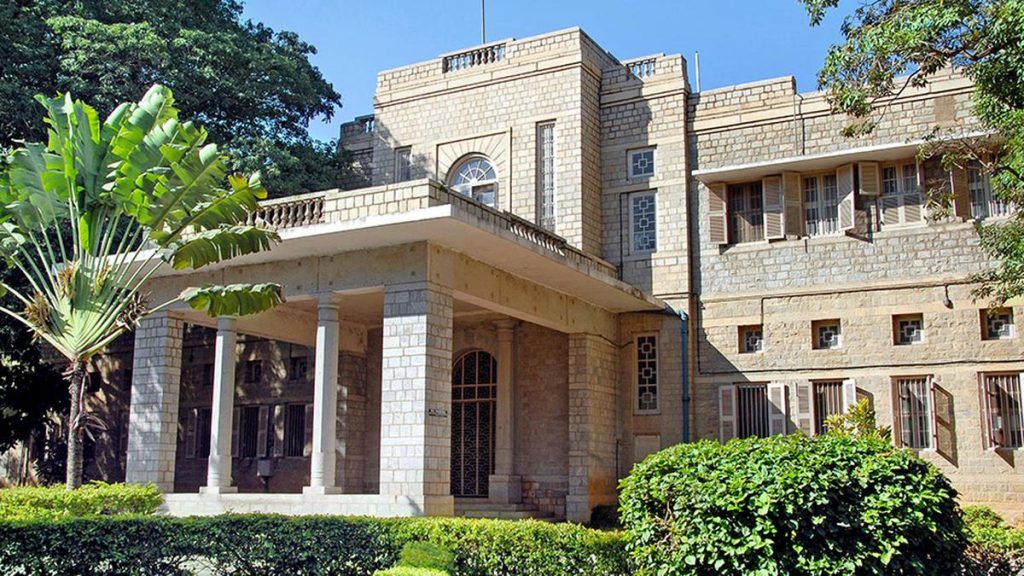
National Institute of Mental Health & Neuro Sciences (NIMHANS), Bengaluru
| Photo Credit: File photo
A team of researchers from Bengaluru-based NIMHANS have developed Pre-CURB, a digital learning resource for youth on prevention of cannabis use and responsible behaviour.
This digital resource, released at a workshop conducted for college students by the Departments of Nursing and Mental Health Education on February 11, details the adverse health effects of cannabis, busts misconceptions with regard to its use, updates on the legal status of cannabis in India, and explains how young people can avoid cannabis use.
The rising use of cannabis products has become a global concern. According to the WHO, it has become more closely linked to youth culture, with the age of initiation being usually lower than that for other drugs.
Cannabis is not legal in India.
In 2024, the same team of researchers at NIMHANS found that the risk perception about cannabis use among college students surveyed in Bengaluru was very low. The study aimed at assessing college students’ knowledge, attitude, and expectancies towards the use of cannabis was published in the Indian Journal of Psychological Medicine.
What Pre-CURB has
The Pre-CURB digital resource was developed by Kannan K. from the College of Nursing under the guidance of Prasanthi Nattala, professor and head of the Department of Nursing, Jayant Mahadevan, assistant professor of Psychiatry, and Meena K.S. professor and head of the Department of Mental Health Education at NIMHANS.
It is based on inputs from focus group discussions conducted among college students, an extensive review of the literature, and inputs provided by experts working in the area, said Dr. Nattala.
“Pre-CURB is organised into three sections. The first section details the adverse health effects of cannabis, with specific reference to adverse impact on cognitive functions, driving impairment, and damage to major body systems. It also provides an update on the legal status of cannabis in India,” she said.
While the second section busts popular misconceptions with regard to cannabis use, such as the belief that cannabis is safer compared to tobacco, cannabis cannot cause addiction, etc., the third section explains how young people can avoid cannabis use by dealing with various use triggers and practise a healthy and responsible lifestyle. This can be done through building and nurturing family and social support networks, making positive personality changes, and experiencing pleasure without cannabis, she said.
Holistic approach
As health and wellness comprise both physical and mental well-being, the workshop adopted a holistic approach with didactic interactive sessions for the students from a team of multi-disciplinary experts at NIMHANS.
They addressed a range of topics such as prevention of non-communicable disorders, stress management, physical fitness, sleep and rest, healthy eating, as well as a session on the information-education-communication resources available at NIMHANS, which the youth can use to raise health awareness in society, the doctor explained.
In India, cannabis (known in the vernacular as ganja or bhang) holds cultural significance because of its use during festivals and rituals. Cannabis use rates ranging from 6.8% to 36% have been reported among college students in India, with poor academic performance, school drop-out, and cognitive impairment, said Dr. Meena.
Published – February 13, 2025 09:51 am IST








